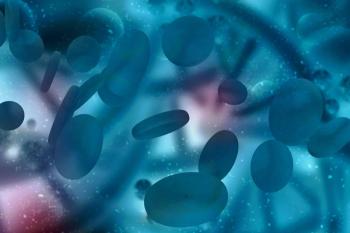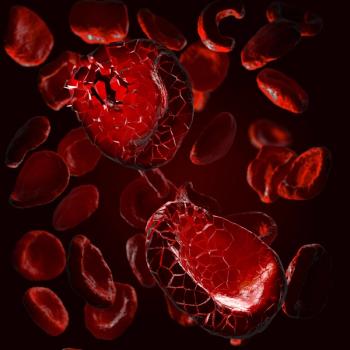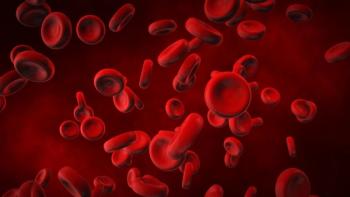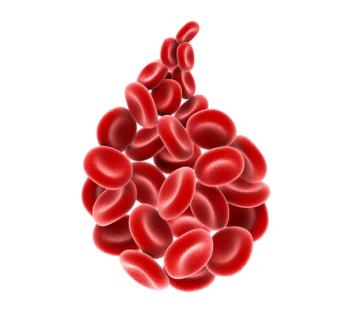
Miami Breast Cancer Conference® Abstracts Supplement
- 42nd Annual Miami Breast Cancer Conference® - Abstracts
- Volume 39
- Issue 4
- Pages: 53
67 Confocal Laser Scanning Microscopy (CLSM) for Intraoperative Histopathological Margin Assessment in Breast Conservation Surgery
Background/Significance
On average, 20%-30% of breast conservation surgery (BCS) procedures require re-operation due to close or involved margins, with adverse psychological, aesthetic, and financial impact. This study evaluates the diagnostic performance of the Histologscanner, a confocal-laser-scanning microscope, for intraoperative margin assessments.
Materials and Methods
Following ethical approval (IRAS-289272), women 18 years or older undergoing BCS for invasive cancer or ductal carcinoma in-situ (DCIS) were recruited. Routine surgery was performed with conventional specimen radiography. Specimen margins and shaves were stained with fluorescent dye and surface images of margins were captured on the Histolog scanner. Confocal images were subcategorized as “positive” (defined as tumor-at-margins), within 1 mm (> 0 mm and < 1 mm), or “negative” (> 1 mm) based on histological ground truth. Evaluation of confocal images was retrospectively assessed by a consultant breast pathologist and compared with gold standard histopathology.
Results
Fifty-one patients were recruited. Ten specimens had invasive ductal carcinoma (IDC), 12 were pure DCIS, 26 had IDC plus DCIS, 2 had invasive lobular carcinoma (ILC) and 1 had invasive tubular carcinoma (ITC). Twenty-one margins were positive and 36 had disease within 1 mm. Confocal laser scanning microscopy (CLSM) demonstrated 80.0% (95% CI, 56.3%-94.3%) sensitivity and 94.0% (95% CI, 89.2%-97.1%) specificity for positive margins with a diagnostic odds ratio of 62.4. Sensitivity was 81.3% for IDC and 75.0% for DCIS. The positive predictive value and negative predictive values were 61.5% and 97.5%. Sensitivity and specificity for margins within 1 mm were 34.9% and 94.0%.
Conclusion
CLSM has high sensitivity and specificity for identifying disease at resection margins. Clinical translation of CLSM requires robust image feature nomenclature studies and randomized controlled trials to demonstrate effectiveness in reducing reoperative intervention.
Articles in this issue
Newsletter
Stay up to date on recent advances in the multidisciplinary approach to cancer.

















































































